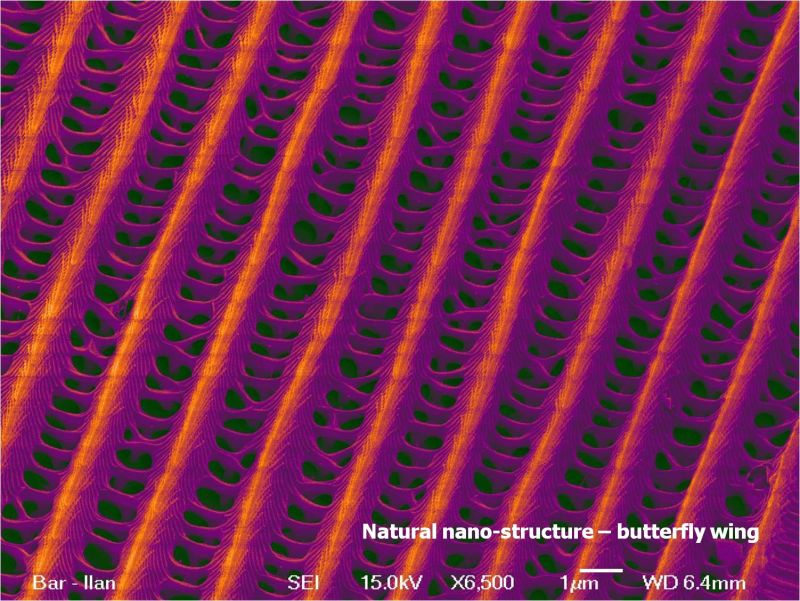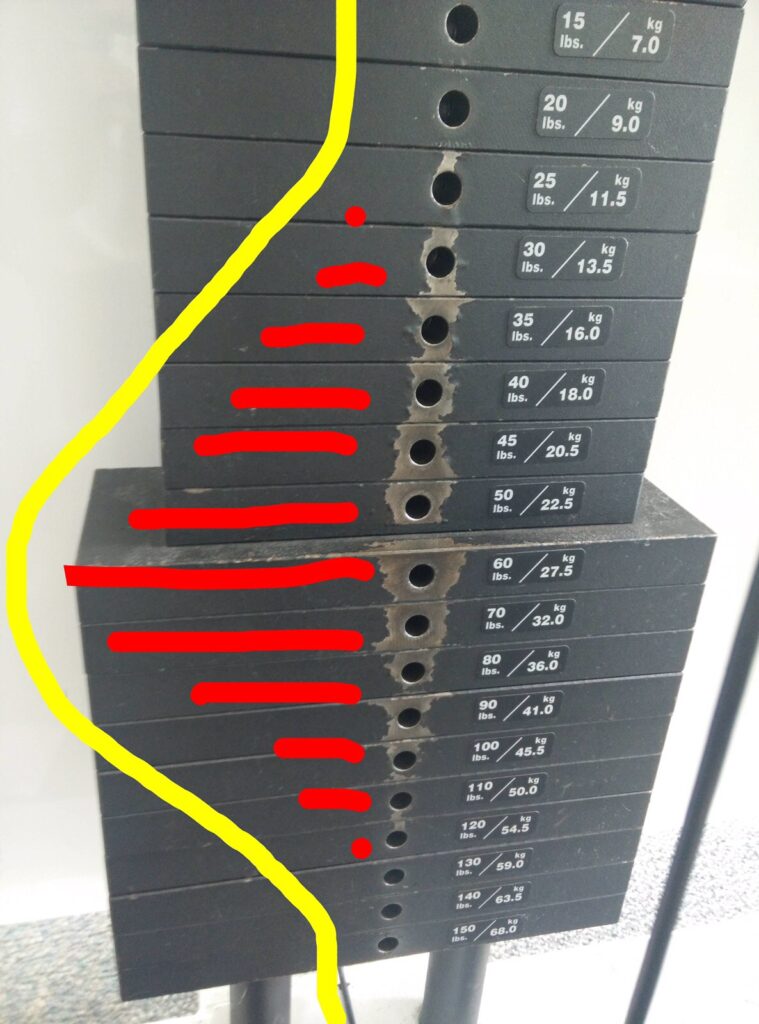1. Advanced Biophysics
2. Advanced Optical Microscopy
3. Introduction to Nanoscience
4. Probability & Statistics
1. Advanced Biophysics:
Overview
Biophysics is an interdisciplinary science that either tries to explain biological phenomena with physical models, develop novel physical tools for biological studies, or both. The course will concentrate on fundamental biophysics concepts in an advanced level.
The course is aimed for students at the Master’s level or higher with Bachelors physics or biophysics background. Courses in Electromagnetism and optics are essential. Third-year students may participate as well.
The course will last for one semester 3 lecture hours a week (13 weeks). The course starts with lectures and continues with seminars on various topics prepared and presented by the students. The grade will be evaluated by homework (80%) and a short seminar presented by each participant (20%). Percentages may change. Each homework task will be given for a period of 2 weeks.
Syllabus
- Biological scales, Random walks and Diffusion
- Thermodynamics of biophysical systems, Entropy, free energy
- Smoluchowski and Langevin equation
- Introduction to the molecular biology of the cell
- Fluids, low Reynolds numbers
- Polymer & DNA biophysics
- Membrane biophysics
- Electrostatics & Molecular motors
- Seminars

2. Advanced Optical microscopy:
Overview
Optical detection methods are intensively used in the life sciences. Starting from the simple yet powerful microscope invented ~400 years ago, optical methods, and optical imaging methods are constantly developed.
Advanced optical methods provide tools for observing objects with high spatial resolution, high spectral resolution and high sensitivity. These methods are based on pure optical effects as well as effects that involve photon-matter interaction.
The course will cover a significant number of the most important methods in optical imaging and microscopy that are used in the life sciences and biophysics. The course will start with a review of the fundamental physics required for the understanding of imaging and microscopy methods and will continue with a study of the more important methods.
The aim of the course is to provide on one hand a solid physical background to these optical microscopy methods, and on the other hand to understand the importance, capabilities and limitations of these methods.
The course will take place for one semester (two quarters), 2 hours a week (14 weeks). The course will start with review lectures and will follow with seminars on various topics prepared and presented by the students (complemented by a review on the subject). Along the course, there will be few literature study sessions. In each study, a paper will be studied and discussed. This will require preparation of the literature in advance.
Evaluation method
Home projects: 40%, Seminar presentation and preparation: 20%, Final exam: 40% (may be modified).
Syllabus
- Electric fields in matter [overview]
- Maxwell’s equations in vacuum & matter
- Diffraction theory of light
- Point spread function & Optical Transfer function
- Filtering methods (phase-contrast, Nomarski, etc.)
- Optical detection systems, CCD’s, PMT
- Introduction to fluorescence microscopy
- Fluorescence Resonance Energy Transfer
- Surface Plasmon Resonance imaging
- Confocal Microscopy
- 4pi microscopy
- n-photon microscopy
- Near-field microscopy
- Fluorescence Correlation Spectroscopy
- Advanced fluorescent molecules: quantum-dots
- Fluorescent Proteins, molecular beacons
- Spectral Imaging & Multicolor FISH
- I5M microscopy
- Saturation Depletion Microscopy

3. Introduction to Nanoscience:
Overview
Nanoscience and nanotechnology involve the study, imaging, measuring, modeling, or manipulation of matter at the nanometer scale. The term nano is derived from the Greek word for “dwarf” and it means one billionth of a meter, 10-9.
The National Nanotechnology Initiative (USA) defines nanotechnology as “the understanding and control of matter at dimensions of roughly 1 – 100 nanometers, where unique phenomena enable novel applications”.
Nanoscience is an interdisciplinary field at the interface between physics, chemistry, material science and biology. Nanotechnology is the application of Nanoscience and it already leads to new developments, including new optoelectronic devices, new materials and new biomedical applications. Nanoscience may have a large impact on computing. The course will provide the fundamentals of nanoscience and will include a list of selected topics that will be presented by different members of stuff.
Grades method
50% : based on 6 work projects along the course
50% : based on a written examination (2 hours)
Syllabus
- Introduction to nanoscience
What is nanoscience?, brief history, nano effects on energy, machinery miniaturization, nano manipulation, nano optics. - Electron properties – from single atoms to bulk. The infinite quantum well, hydrogen atom, bulk materials, 3D, 2D, 1D structures, density of states in all dimensions, quantum dots, excitons.
- Optical properties of nanostructures and Plasmons, photonic band gap, plasmons, near-field effect, hole-array
- The scope of nanomaterial chemistry. Nanoscale and colloidal systems. Fundamentals of surface and interfacial chemistry, monolayers and self assembly, micelles and microemulaions (structure and properties). Supramolecular chemistry , classification of nanomaterials
- Physical, chemical and regulatory risk aspects in nanotechnology
- Synthesis of nanostructured materials Bottom-up vs. top-down synthesis, template-based synthesis, Sol-gel chemistry, electrochemical synthesis, sonochemistry and solvothermal synthesis solutions techniques, CVD, metal nanoparticles synthesis, Core-Shell Nanocrystals, Nanospolymers, Lithography, Layer-by-layer synthesis, Chemical functionalization
- Characterization tools: Scanning methods Scanning tunneling microscope, Atomic force microscopy, Near field microscopy
- Specialized Techniques for Characterizing anomaterials Electron microcopy (TEM and SEM), X-ray diffraction, Infrared spectroscopy of nanoassemblies. Attenuated-total reflection (ATR) and grazing incidence angle techniques, Surface enhanced Raman spectroscopy (SERS). QCM, ellipsometry. Microcalorimetry methods (DSC and ITC ) for Nanomaterials
- Optical tweezers, TPM, Magnetic tweezers, Lab on a chip (LOC), Fluorescence resonance energy transfer (FRET), description of the methods, principles, capabilities and limitations
- Biological-related methods
- Nanowires, quantum dots, carbon nanotubes
nanomagnetic structures and characteristics - High resolution microscopy methods The diffraction limit of light, point spread function (PSF), optical transfer function (OTF), Improved methods including: confocal microscope, n-photon, structured illumination, saturation emission depletion (STED), photo activation light microscope (PALM).
- Application of nanoparticles in biology & medicince
- Chemistry applications: Solar energy harvesting, High Energy Density Batteries, High-Sensitivity Sensors, nanomaterials in catalysis.

4. Probability and Statistics:
Overview
The course teaches the basics of probability and Statistics to Physicists. It teaches both fundamental and practical aspects
